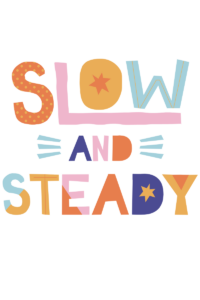The activity Which One Doesn’t Belong? (WODB) made its way across the math community with a bang.
For those of you not familiar with this activity there is a display of four items. The items could be numbers, expressions, shapes or images. Students are to reason about the similarities and differences between them.
There are many versions of this routine out there. Howard County has Eliminate It! There is also an activity called One Of These Is Not Like The Others. Which One Doesn’t Belong book

As a consultant I always encourage teachers to bring this activity into their classrooms and make it a part of their routine or warm-up. In my experience, both students and teachers enjoy it. The students love the mathematical disputes, and the teachers love the conjectures the students are making.
While visiting classrooms I’ve noticed that many students are ready for a challenge or an extension of this routine. So I decided to create one.
I developed an activity called Knock Out which has students create their own WODB. The goal is for students to generate an item that doesn’t fit in with the rest. The example in the picture below (on the left) shows a student filling in something he feels doesn’t belong with the rest and should be Knocked Out.
To extend this activity even further I’ve made some templates that are completely empty. Students can then make their own from scratch.
Just like WODB, Knock Out could be used with any math concept you teach throughout the year.
The focus of these routines is discourse. What are students noticing and how are they supporting their answers? I believe written discourse is just as important. So I have included a section where students can write about their reasoning.

How Do I Start?
Start off by trying a WODB routine in your classrooms. Then extend the student discussions by trying Knock Out.
Want to check out more?
MEMBERSHIP SITE:
https://zennedmath.com/online-courses/
FACEBOOK GROUP: Zenned Math Teachers
https://www.facebook.com/groups/zennedmathteachers/
YOUTUBE CHANNEL: Zenned Math
https://www.youtube.com/channel/UC5njH_5LoK6G67BvZecGfnw?
WANT ME IN YOUR INBOX? Sign up for my newsletter
https://view.flodesk.com/pages/5efc876dcaabca0028b95eb5
DISCLAIMER: Some links included in this blog might be affiliate links. If you purchase a product or service with the links that I provide, I may receive a small commission. There is no additional charge to you!

